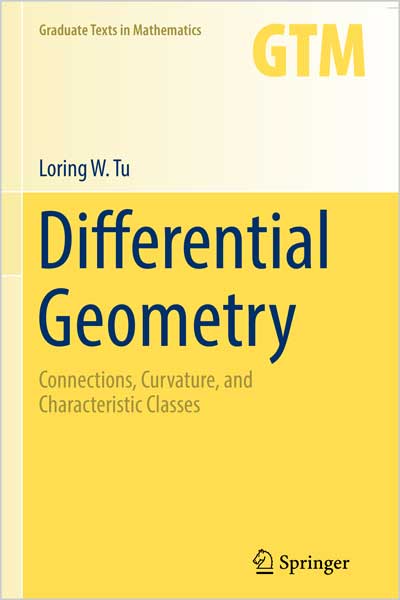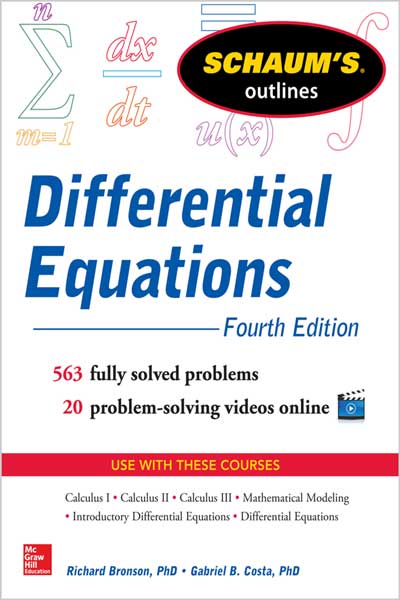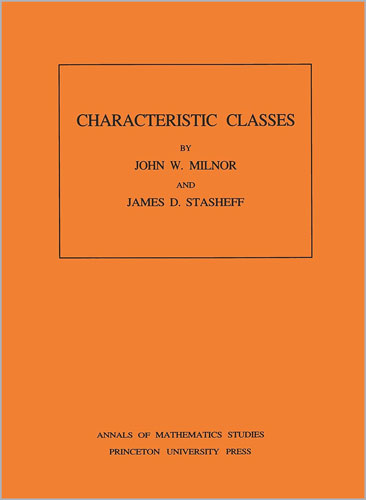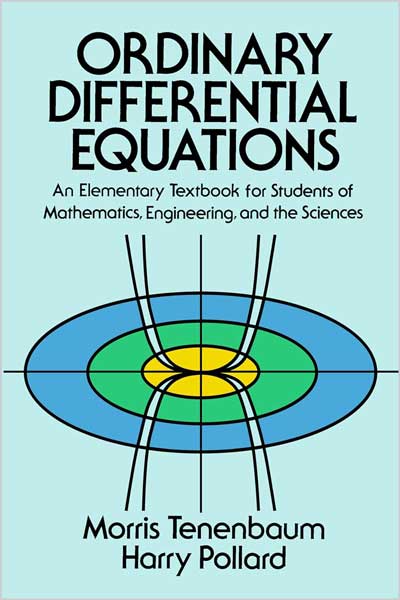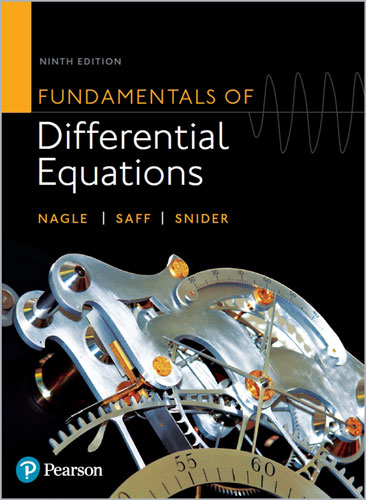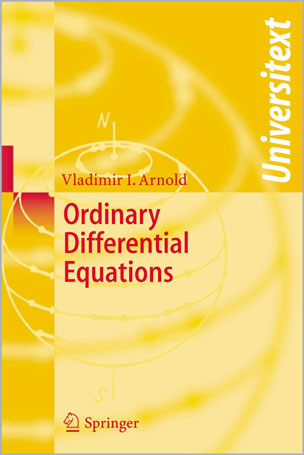An Introduction with Applications
Bernt Øksendal
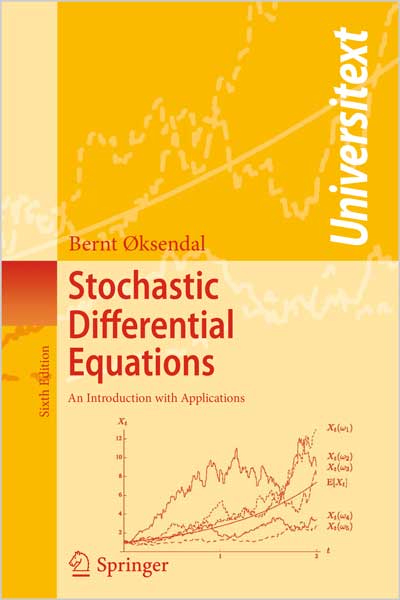
#Stochastic
#Differential_Equations
#Integrals
#Theorem
An introduction to the basic theory of stochastic calculus and its applications. Examples are given throughout the text, in order to motivate and illustrate the theory and show its importance for many applications in e.g. economics, biology and physics. The basic idea of the presentation is to start from some basic results (without proofs) of the easier cases and develop the theory from there, and to concentrate on the proofs of the easier case in order to quickly progress to the parts of the theory that are most important for the applications. For the 6th edition the author has added further exercises and, for the first time, solutions to many of the exercises are provided.
Contents
1 Introduction
2 Some Mathematical Preliminaries
3 Ito Integrals
4 The Ito Formula and the Martingale Representation Theorem
5 Stochastic Differential Equations
6 The Filtering Problem
7 Diffusions: Basic Properties
8 Other Topics in Diffusion Theory
9 Applications to Boundary Value Problems
10 Application to Optimal Stopping
11 Application to Stochastic Control
12 Application to Mathematical Finance
Review
From the reviews of the fifth edition:
"This is a highly readable and refreshingly rigorous introduction to stochastic calculus. … This is not a watered-down treatment. It is a serious introduction that starts with fundamental measure-theoretic concepts and ends, coincidentally, with the Black-Scholes formula as one of several examples of applications. This is the best single resource for learning the stochastic calculus … ." (riskbook.com, 2002)
From the reviews of the sixth edition:
"The book … has evolved from a 200-page typewritten booklet to a modern classic. Part of its charm and success is the fact that the author does not bother too much with the (for the novice) cumbersome rigorous theory … . This does not mean that the book is not rigorous, it is just the timing and dosage of mathematical rigour … that is palatable for undergraduates … . a highly readable account, suitable for self-study and for use in the classroom." (René L. Schilling, The Mathematical Gazette, March, 2005)
"This is the sixth edition of the classical and excellent book on stochastic differential equations. The main difference with the next to last edition is the addition of detailed solutions of selected exercises … . This is certainly an excellent idea in view to test its ability of applications of the concepts … . certainly one of the best books on the subject, it will be very helpful to any graduate students and also very valuable for any analysts of financial market." (Stéphane Métens, Physicalia, Vol. 26 (1), 2004)
"This is now the sixth edition of the excellent book on stochastic differential equations and related topics. … the presentation is successfully balanced between being easily accessible for a broad audience and being mathematically rigorous. The book is a first choice for courses at graduate level in applied stochastic differential equations. The inclusion of detailed solutions to many of the exercises in this edition also makes it very useful for self-study." (Evelyn Buckwar, Zentralblatt MATH, Vol. 1025, 2003)
About the Author
Bernt Øksendal is a Norwegian mathematician. He completed his undergraduate studies at the University of Oslo, working under Otte Hustad. He obtained his PhD from University of California, Los Angeles in 1971; his thesis was titled Peak Sets and Interpolation Sets for Some Algebras of Analytic Functions and was supervised by Theodore Gamelin. In 1991, he was appointed as a professor at the University of Oslo.
In 1992, he was appointed as an adjunct professor at the Norwegian School of Economics and Business Administration, Bergen, Norway. His main field of interest is stochastic analysis, including stochastic control, optimal stopping, stochastic ordinary and partial differential equations and applications, particularly to physics, biology and finance.
For his contributions to these fields, he was awarded the Nansen Prize in 1996. He has been a member of the Norwegian Academy of Science and Letters since 1996. He was elected as a member of the Norwegian Royal Society of Sciences in 2002.

